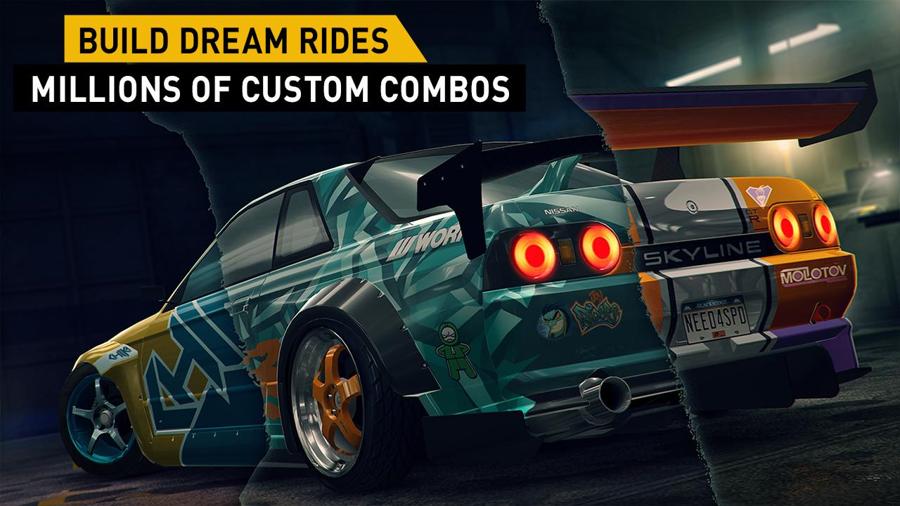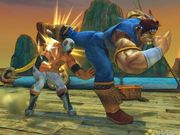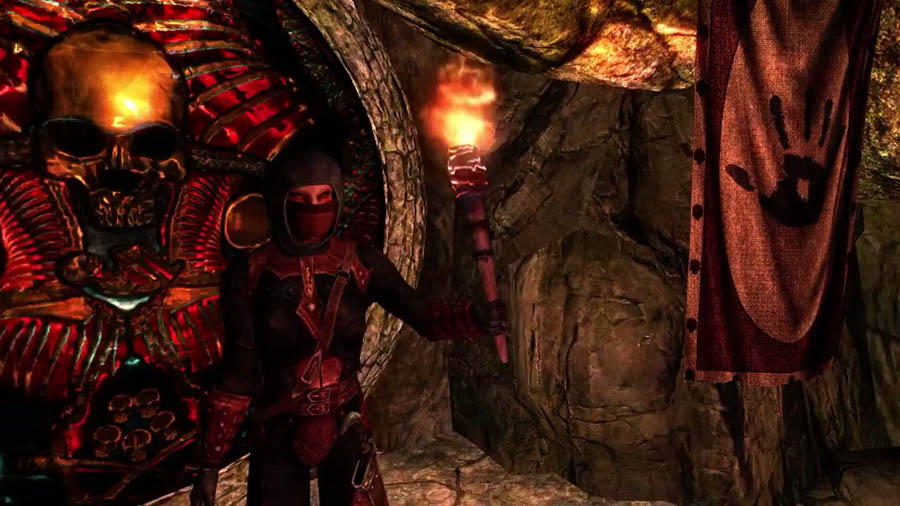He is a little blue fur-ball with lightning fast speed.
Anyone remotely familiar with video games, comics, and the very best in children's entertainment, knows instantly to whom the description above refers.
But did you know Sonic the Hedgehog is now 18 years old? If you grew up on Sonic, you probably do not care to admit that, but it is true.
Sonic the Hedgehog debuted in June of 1991, for the Sega Master System. If you are a passing or even moderately intense gamer, you probably remember him from the more advanced 16-bit Sega Genesis System, but in reality, Sonic was introduced as the last new game for the original 8-bit Master.
And before he finally did make his debut on the Sega Genesis, a second Sonic the Hedgehog game launched prior to it. The Sega Game Gear was a color handheld console, the third of its kind following on the heels of Atari's Lynx and the short-lived Turbo Express. It was an answer to Nintendo's Game Boy, which had contributed to keeping Nintendo a name synonymous with quality video game entertainment.
Something else that distinguished Nintendo from its competition was its trademark character. Nintendo had branded itself with the Mario character, a previously established secondary player in the Donkey Kong saga, until Nintendo's side-scroll 8-bit breakout hit Super Mario Bros. took him to new heights. It was amazing what gamers would buy in to. Mario was an overweight Italian plumber with a nearly identical brother, Luigi, who helped him fight against the evil King Bowser in the Mushroom Kingdom.
Sega needed an answer. Someone (or something) the company could stand behind and forge a relationship of instant identity. Sonic the Hedgehog gave the company just what it needed. With its six worlds and eighteen screens, Sonic was off to a great start. Collecting the Chaos Emeralds and doing battle with the evil Dr. Robotnik set the stage for an even faster-paced, more furious adventure when for the more advanced 16-bit system.
Sonic was a dynamo from the very beginning, with his abilities to break the speed of sound and transform himself into a furry blue circular saw in order to combat his enemies. Featuring attributes of a 15-year old boy, he was an empowering figure with abilities unique in the world of video games. Dazzling to the eye and groundbreaking to the industry, Sega Master System owners already had a hint of what was to come when they first took the controls on the little blue bomber.
While Sonic's origins are slightly obscured by the community effort involved in his creation, most generally agree that artist Naoto Ōshima, designer Hirokazu Yasuhara and programmer Yuji Naka are primarily responsible.
Regardless of where the idea came from, or who was responsible for bringing it about, Sonic the Hedgehog is a prime example of a creation overshadowing its creator(s). Like the times in which he was born into and the ones in which you now live, Sonic the Hedgehog's success shows no signs of slowing down, and will continue to break down the barriers of adventure for young and old alike.






 Resident Evil ORC Data/Intel Locations Level 4
Resident Evil ORC Data/Intel Locations Level 4 How To Unlock Dead Ops 2 In Call Of Duty Black Ops 3
How To Unlock Dead Ops 2 In Call Of Duty Black Ops 3 Games of 2010: No.10
Games of 2010: No.10 Elder Scrolls V: Skyrim Dark Brotherhood Guide
Elder Scrolls V: Skyrim Dark Brotherhood Guide Fallout 4: advanced tips for the hardcore wastelander
Fallout 4: advanced tips for the hardcore wastelander